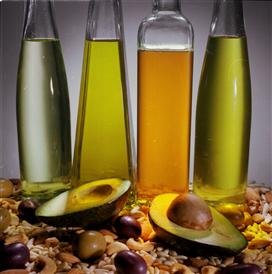Something to Snack OnPresented to you by Jenny Saganski, RD, CNSC – Livingston Branch
Home Solutions Infusion Therapy
Although you may feel guilty about snacking, snacks aren’t necessarily bad. In fact, snacks between meals can help manage hunger and reduce bingeing. Eating a healthy snack, such as raw veggies or a piece of fruit, can tame your hunger without ruining your appetite for your next meal. It is important to keep in mind snacking calories can add up fast. The key to snacking is to keep moderation and balance in mind.
Choose healthy snacks:
When shopping for snacks, always check the serving size and servings per package and compare The Nutrition Facts and ingredient list so that you can choose the healthiest option. Have healthy snacks available at home and bring nutrient dense snacks to eat when on the go.
Know which food to reach for:
Try to choose foods with high water or fiber content and few calories, no more than 100-200 calories, such as carrots, grapes or air-popped popcorn. Adding a source of protein to your snack can help you to feel fuller longer.
Fruits and Vegetables: Eating fruits and vegetables are always a safe bet because they are low in fat and calories, proved vitamins, minerals. The fiber in fruits and vegetables can provide a feeling of fullness. Just be sure to avoid high-calorie dips.
Whole grains: Eating whole grain snacks such as low fat, whole grain crackers and pretzels and crisp breads are rich in fiber and complex carbohydrates which give you energy and staying power. Look for brands that are made with non-hydrogenated oils.
Nuts and seeds: Nuts and seeds provide protein which can help you feel fuller longer. They are high in fat, but are mostly a source of monounsaturated fat, which is a healthy kind of fat. You will want to keep your portion small (1/3 cups nuts or 1 Tbsp nut or seed butter) as nuts and seeds are high in calories.
Low-fat dairy products: Yogurt, cheese, low-fat smoothies and other dairy products are packed with calcium, protein and many other vitamins and minerals. Be sure to choose low-fat versions with no added sugar.
Don’t sabotage snacking with unhealthy nibbles throughout the day; stick to nourishing foods whenever possible. If you have a weakness for sugary items or junk food, do yourself a favor and don’t purchase these items next time you are at the grocery store. Use snacking to your advantage – as a healthy way to reduce your overall caloric intake when the hunger pains hit!
For more healthy snack suggestions visit the Academy for Nutrition and Dietetics website at: www.eatright.org.








